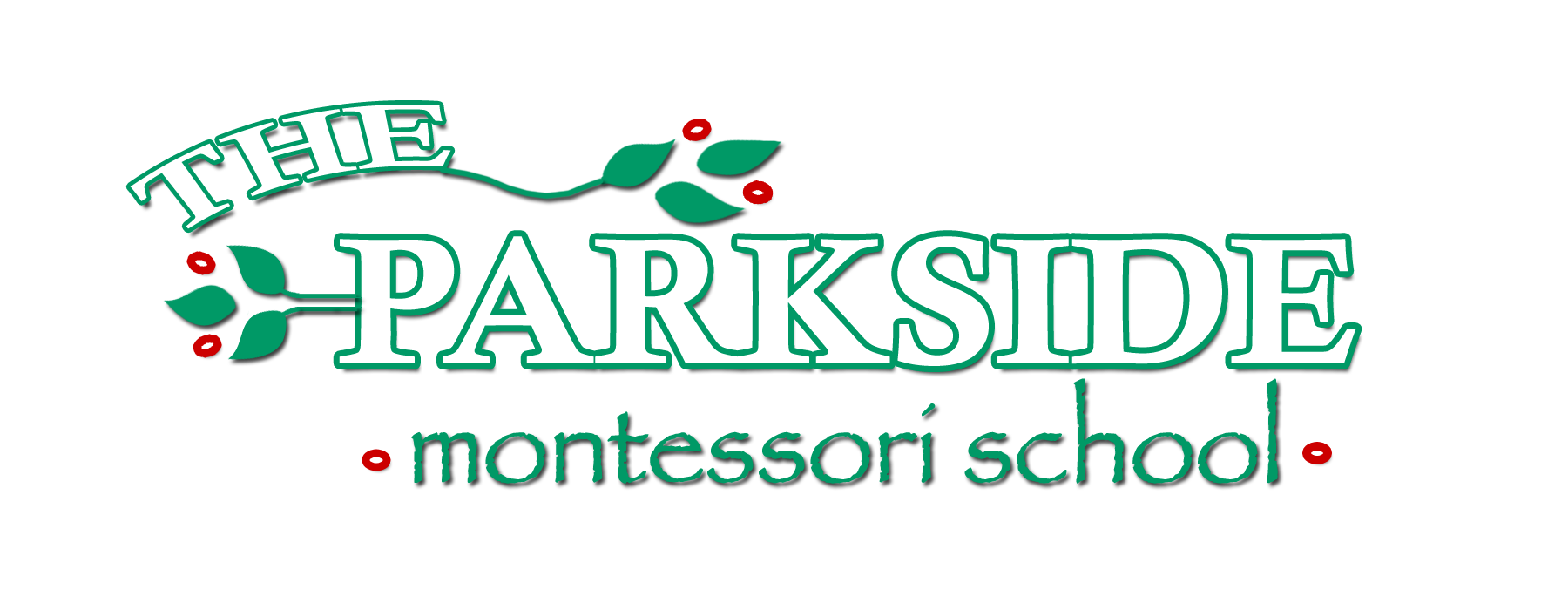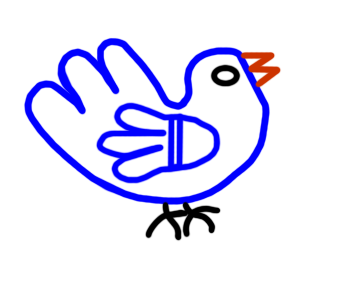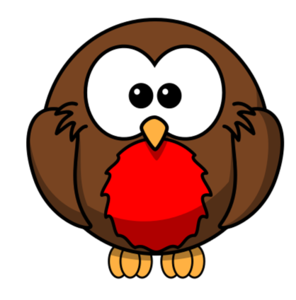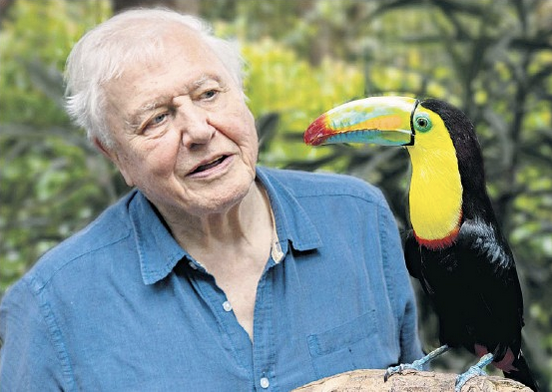The Parkside Montessori School
53 Norwood Avenue
Upper Montclair, NJ 07043
973-509-7379
parksidemontessori@gmail.com


NEWS








As mentioned last month, after discussions of life underground and animal hibernation, we moved to retelling the story of the legend of Groundhog Day, February 2. On circle we created a dramatic Groundhog Day reenactment complete with darkened room, flashlight and our own stuffed groundhog, Parkside Pete. We described his emergence from hibernation underground to check out the weather conditions above the ground. We explained that he would either see his shadow or he would not. If there is sun and Pete sees his shadow, he is frightened by his own image not realizing it is he, and he runs back into his burrow. If he does not see his shadow, he is not scared and he remains above the ground and begins to search for food. There was great excitement as, with our groundhog props, we showed both possibilities in an attempt to predict an early spring or an extended winter. This year, Punxutawney Phil saw his shadow (could it be the TV cameras??), but Staten Island Chuck and Lady Edwina at Turtleback Zoo did not. So maybe we should choose the more local groundhogs and hope for an early spring. While we do explain to the children that this is a legend, it does hopefully help them understand the changes in season and begin to anticipate the onset of spring.
The Practical Life area of our classroom is always popular and often changes as the children enthusiastically tackle more involved and detailed tasks. Dishwashing will be added to our many water exercises. Two children set up basins, soap and brushes to wash and then dry real dishes and silverware. It is a nice exercise in cooperative learning and another opportunity for social interaction between two children as they work to reach the common goal of washing, drying and putting away dishes. Maybe they can help at home! Color mixing is a fun addition to the shelf, first using a whisk again, and then later an eyedropper. Our students never seem to tire of magically creating for themselves green from blue and yellow, purple from red and blue, and orange from red and yellow. Also shoe polishing (a lost art) will be brought in. If you happen to have any child-sized leather shoes at home, feel free to send them in. We have our own supply of course, from the many years when leather shoes were more popular. Most of the time in Practical Life there is no finished product to bring home. But these activities, as we have said in the past, serve to develop large and small motor control, concentration, understanding of order, and also the happy experience of completing the task.
This month Sensorial activities include the more complicated large hexagon box as well as the rectangle box, both containing many more pieces than the triangle box already on the shelf. In Sensorial (and also in Practical Life, Language and Math) the Montessori exercises build upon one another, each new one a little more difficult than the previous one. There is always curriculum progression in each area even though the very important basic exercises and the favorites remain in the classroom for the children to enjoy. We have worked in Sensorial with color matching and mixing, and now in February we will be introducing the third color box which is a color shading exercise. The box has nine sections each containing seven of the same color ranging from the darkest to the lightest. It can take some time to complete, and often two children work on it at the same time, each taking a turn with whatever color they choose to shade, which very much refines and enhances visual discrimination.
Of course Valentine’s Day comes in February which is a good time to continue to focus on being kind, caring and helpful to friends and family in keeping with our ongoing Peace curriculum. Soon there will be bags for each student outside the classrooms which will hold their Valentines. If your child would like to send in Valentines for his or her friends, we ask that you send in as many or as few as you would like in unmarked envelopes with your child’s name on the card inside (written by you or your child). The teachers will distribute the envelopes for each child’s classmates into the Valentine bags we have prepared for each of them.
In February we talk about our U.S. Presidents, especially George Washington and Abraham Lincoln. We will have President puzzles and books on the shelves, as well as a couple of art projects. We will also bring in a President matching activity which includes a large poster with the pictures of all 46 Presidents, and identical picture cards to match onto the poster pictures of each President.
February marks the beginning of a new thematic unit - Birds. It seems like a timely topic as we look forward to the coming of spring next month after the snow and cold of January. As with our Sea Life and Dinosaur collections, baskets in each classroom hold many little stuffed birds from the Audubon Society which also include, when squeezed, the actual sound each bird makes. We will be learning about the many different kinds of birds in our area, and some not in the area as well. Our students are usually quite fascinated by the particular characteristic of each such as the noisy sometimes impolite but protective bluejay , the acrobatic little chickadee who can hang upside down from a branch, the loud and busy woodpecker whose long, strong tail helps him balance on the side of a tree, the tiny and beautiful hummingbird who can fly great distances and also fly sideways and backwards with “humming” wings, the sad song of the mourning dove, and the robin, the announcer of spring who alway seems to be hungry and builds the messiest of nests. The children are very good at retaining the interesting facts about each of the birds in our classroom baskets, and more impressive is their ability to retain the sounds that each makes. We play a game where the children close their eyes and the teacher squeezes the bird. They have to guess which sound belongs to which bird. Traditionally, they have done a great job on this.
As an appropriate finale to this learning theme, at the end of the month our favorite Parkside bird, the Robin, will begin his long journey north to New Jersey after a long winter spent in the warmer and sunnier south. As many of our past families know, we will be making books containing art projects that illustrate the progress of the robins as they move up the east coast. The Robin unit is based on a book called “The Restless Robin” which was written in the 1930’s by Marjorie Flack. Some books are timeless. Our Robin circle lessons will include props and discussions of geography (we use a very large US Map), regional weather, and important cities (Washington DC and Philadelphia). The journey ends some time in March, and hopefully, at that time, we will see the first robin appear on our lawn at Parkside, if not before as has been the case in the recent past.
And so, while it is a relatively short month, February is a busy one. As we reach the midpoint of our year, we continue to be grateful partners with you in the early learning of our students as they work, play and learn here at school.
“Everyone likes birds.
What wild creature is more accessible to our
eyes and ears, as close to us as everyone in the world,
and as universal as a bird?”
Sir David Attenborough

FEBRUARY NOTES

